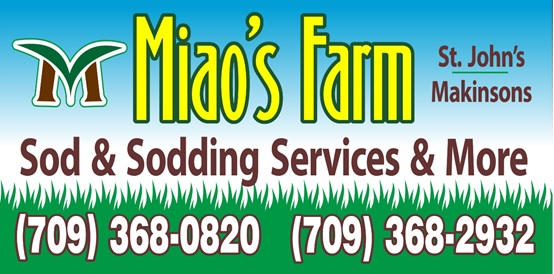Repair
Relieving Compacted Turf
- Soil compaction is a problem which develops naturally under many conditions. Heavy soils and heavy traffic zones are particularly subject to compaction. If soil is trampled, especially when it is wet, compaction will very likely occur.
- To relieve compaction without excessive injury to grass plants has been a formidable chore until recent years when power driven aerators were developed. Today, aerators of many types and sizes are available.
- They usually have prongs or knives which pierce the sod to a depth of 5 cm to 7 cm, or they have hollow tines that extract plugs of soil. In either case, the effect is to open up or “aerate” the soil, allowing water, air, and nutrients to reach the turf roots.
- If you are an average homeowner, you may not want to invest in aeration equipment. You will be wise, however, to give your lawn the benefits of aeration. Call your landscaper or garden centre for information on lawn services or rental companies that have appropriate units.
- The gratifying results achieved from aeration – plus the savings realized in water and fertilizer, will easily justify the cost.
Renovating Worn Turf
- Turf renovation through use of vertical mowers and aerators was once largely limited to golf courses and athletic fields. Now, it has become a common practice for other turf areas, including home lawns.
- Fall renovation is in order where it is practical to renew or rejuvenate turf that has been abused but it is still in reasonably good shape. Since roots grow best in the Fall and early Spring, loosened soil and fertilizer are most needed at these times to encourage turf growth.
- The best practice, of course, calls for a continuous management program to prevent deterioration to the extent that it requires renovation. Such a program would include: elimination of compaction; application of fertilizer and moisture as grass needs it; and good weed control practices.
Thatch and Thatch Control
- Thatch in turf is the accumulation of old leaves, clippings, stems, roots, and other organic material which has failed to decay. Thatch sheds water rather than letting it percolate into the grass root zone. It may harbour fungus and other diseases, as well as insect pests, and may make fertilizer applications ineffective. One of the answers to the thatch problem is a vigorous raking. This is difficult to do by hand. A much easier way is to use a powered vertical mower which is self-propelled and equipped with hardened steel blades. It cuts out the thatch and thins matted growth. If desired, you can set the blades low enough to touch the soil; the scarifying action is an ideal pre-seeding treatment for bare or thin areas that need over-seeding.
Insects Control
- Unlike diseases, which must be prevented, insects are usually controlled after they appear. It is important that you recognize them quickly before they do too much damage. A common insect that you should watch for is the white grub. Grubs live in the soil under the grass. If you suspect their presence in your lawn, remove a block of sod and count the grubs. If you have as many as five per 1/10 sq. meter, treat your lawn with nematodes. The sod web worm is a lively brown worm about 2 cm. long that feeds on grass and causes grass to turn brown. Chinch Bugs are small black insects about 1/2 cm. in length that suck the juices from the grass plant. The damage shows large irregular yellowish brown patches, usually along the edge of a sidewalk, curb or foundation.
